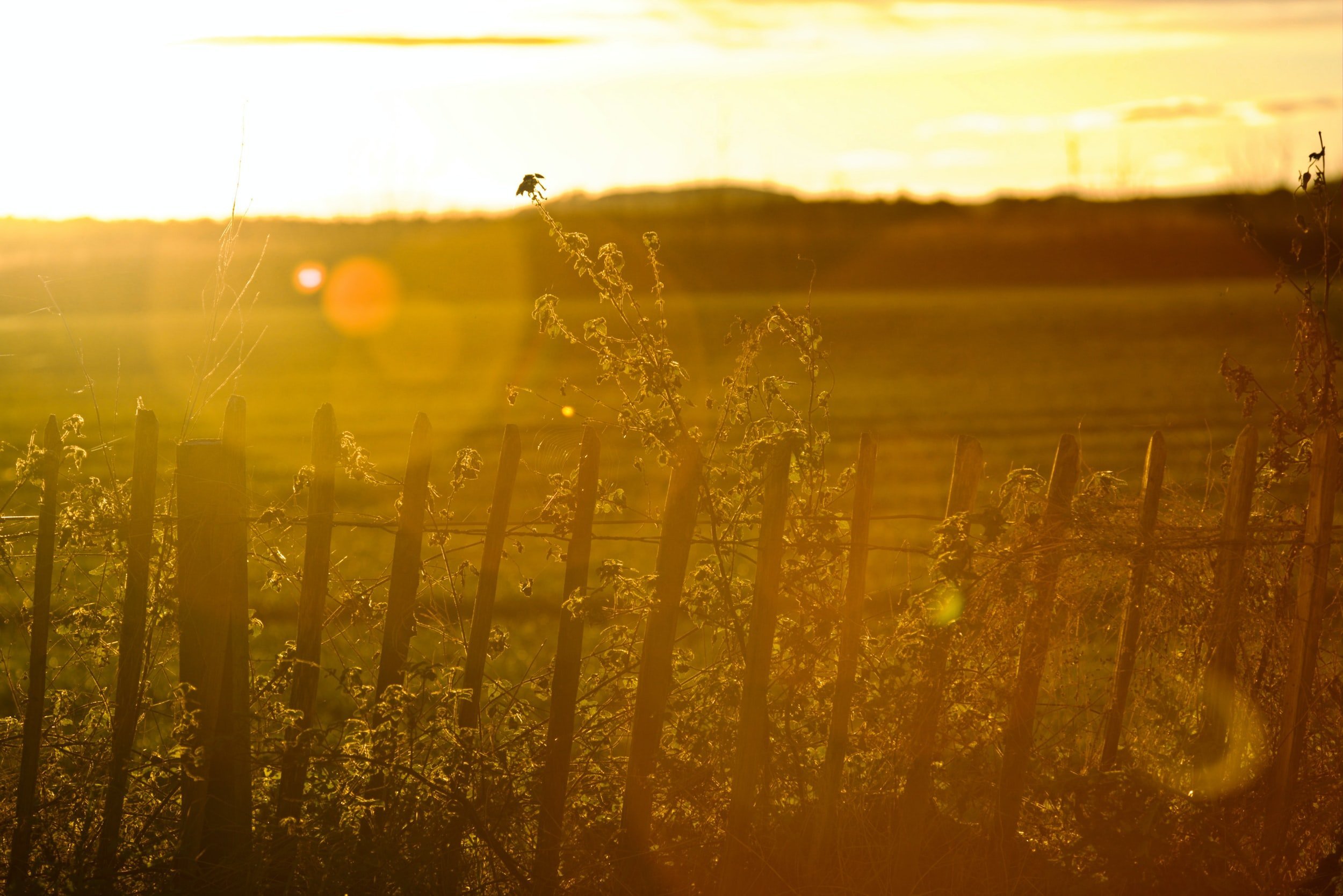REFLECTING ON THE FIRST YEAR OF SEDA LAND
By Gail Halvorsen, 29 September 2022
What has SEDA Land achieved in its first year of life? Quite a lot – though it never seems to be enough given the multiple crises facing us.
The original format of SEDA Land Conversations is still proving popular. Soon after our launch, we were invited by the John Muir Trust to host a joint Conversation about a potential for a carbon emissions land tax. The pros and cons, including the complexities of practicalities of implementing such a tax, were debated by a variety of land users and tax experts.
I would like to reach a broader and younger audience. We held our recent Conversation 'Imagining Bioproducts' in a secondary school, with a view to encouraging pupils to consider careers in environmental science. We chose The Gordon Schools, Huntly, as SEDA Land is already developing its Huntly food and climate change project with them. The feedback from the school was very positive and one entry from our related school poetry competition was adopted by the Huntly Foodbank Centre.
This was the first of a double-bill of events on the potential for bioproducts to transform Scotland's economy which has been picked up by Neil Mackay of The Herald on Sunday and will feature in his 'Big Read' in early December, helping the subject reach a wider audience.
SEDA Land was established on 6th September 2021 to pick up and run with the eight recommendations that came out of our six events, "A New Vision for Land Use in Scotland", held in April and May 2021, and the accompanying report. One way in which we hope to do this is to test new approaches through pilot schemes. We started looking at two possible pilots – one about mapping climate change and food systems and the other sustainable place-making. We were lucky to find a willing partner in the community of Huntly, Aberdeenshire, to run the first. With the help of Mads Fischer-Moller, head of food policy SRUC, and Pete Iannetta, head of Ecological Food Systems at the James Hutton Institute, and several other SEDA Land members we are launching several small projects in and around Huntly.
As part of this project we are developing a digital game about climate change and food with Abertay University, which was recently ranked as the best university in Europe for videogames education, in the current academic year. Pete and Mads are developing a mind map displaying various scenarios resulting from different decisions being made about land use. For example, what would happen if one crop rather than another is planted, and farmed in one way rather than another, with occasional catastrophic events such as a blockade or volcano.
Patrick and Linda Flockhart have kindly funded Rosanna Crawford and Eleanor Fraser to design a new website for SEDA Land which we believe will become the first port of call for anyone looking at rural land related issues, dramatically raising SEDA Land's awareness. There will be resource pages on subjects such as the rural economy and biodiversity which, in true SEDA Land fashion, will combine information with artwork and poems. The dedicated and in-depth website should go live in October.
I continue to be inspired by the knowledge and enthusiasm of fellow SEDA Land members, including members of the steering group, and thank them for their continued help and support. Despite being told by the steering group that SEDA Land has achieved a lot in its first year, I can't help but think we could conceivably have achieved more.
When surrounded by experts who not only know what needs to be done to tackle climate change, biodiversity loss and to improve the lifestyle of people living in rural Scotland, but also know how to do it, and in many cases are already doing it, it is sometimes difficult to be patient. We are not yet getting the support we need from the Scottish Government to address multiple crises. We have showcased dozens of examples of ecological companies running projects and businesses that are already creating high skilled jobs in remote and rural Scotland but they need the active backing of supportive long-term policy if they are to flourish and be replicated. These include CelluComp – a nano-fibre product made from root crop waste used to improve coatings and concrete – and Beta Bugs who breed insects as an alternative protein source.
A bigger number of small-scale and diverse businesses offering attractive, highly-paid, high-skilled employment, plus access to affordable housing, when taken together, would help resolve many of the problems facing rural Scotland. At the recent SEDA conference, after Chris D’Agorne extolled virtues of rewilding, Clive Bowman, Zero Waste Scotland and a SEDA director, drew parallels between rewilding and land use. Just as maximising and diversifying species and habitat in nature creates a more resilient and sustainable natural environment, so diverse and varied land-use provides sustainability and biodiversity for the land - and resilience for the people who live there. A strong rural economy needs small-scale, well-distributed businesses if it is to become more robust and resilient instead of the swathes of single-use agriculture or forestry, replete with extended just-in-time supply chains that we see at present. We need to think much more imaginatively about different approaches to farming, mixed with trees, hedgerows and other habitats along with housing and businesses, many of which will need to be small-scale given their location.
I also believe that, if we see crops and products that are grown or manufactured locally, along with the employment that this brings, we are likely to value not only the land they come from, but the products themselves more than we do food which is grown by gigantic UK-based agribusinesses, or flown in from places such as Guatemala, Egypt or South Africa before winding up on the supermarket shelf. And if we value the products more, we should waste them less.
Many of SEDA Land's eight recommendations ought to be achievable through two means – converting from a fossil-fuel economy to a bio-economy and sustainable place-making. As was highlighted in our recent successful double-bill event, Imagining Bioproducts and Reimagining Food, products made from local and sustainable resources can be rolled out in rural locations, often on otherwise unproductive land, using locally generated renewable energy. These have the potential to provide high-skilled, highly-paid jobs, unlike the hospitality and tourism sectors that dominate many Scottish rural areas. We see developing a bioeconomy as one of the most important steps we can take to tackle climate change.
Ultimately, what we need is policy change. The Scottish government is aware of SEDA Land. At the end of last year, we were invited to meet several heads of departments (civil servants) related to land use. Unfortunately, however, the machinery of government moves remarkably slowly and they are still generally resistant to cross-departmental thinking or collaboration. In our second year, SEDA Land will endeavour to instill a greater sense of urgency among policymakers, using examples such as The Steadings Project at Balcaskie estate in the East Neuk of Fife – more of which in another article.

